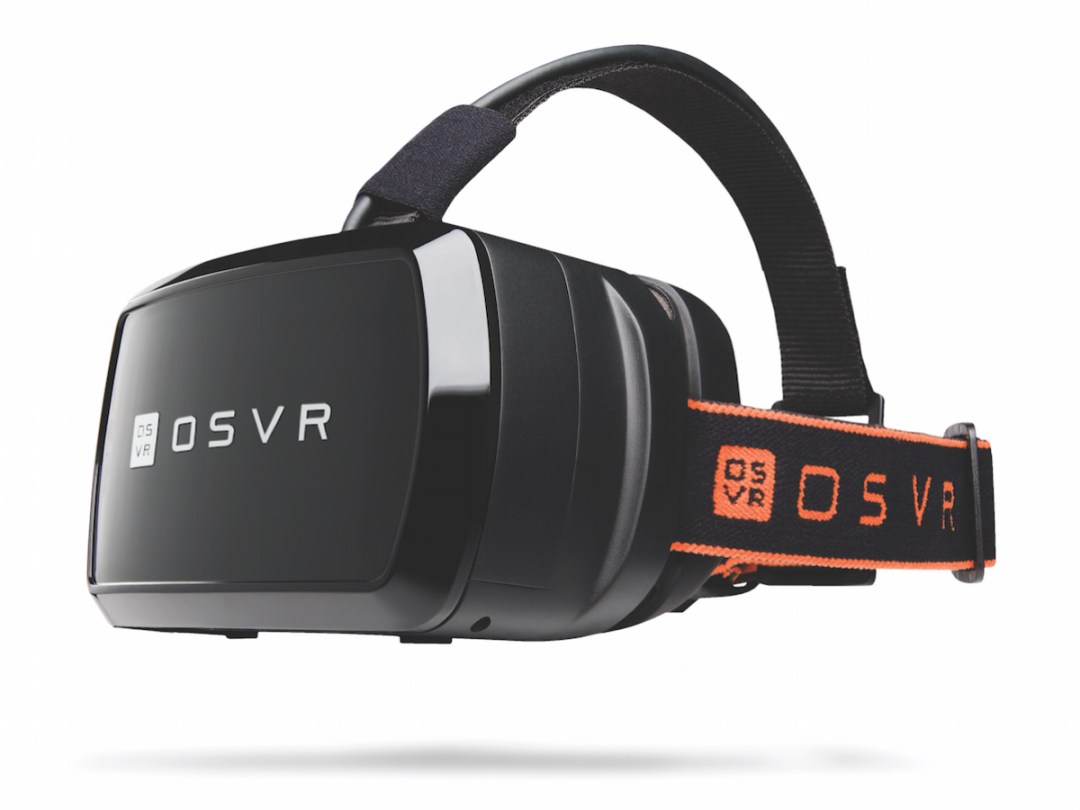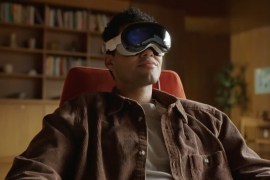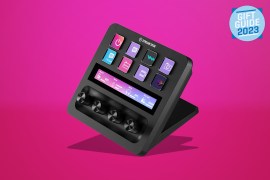CES 2015: Razer reveals Open-Source Virtual Reality platform and headset to standardize VR development
Headset is cheaper than its rivals, or you can 3D-print your own if you prefer

The Oculus Rift may have jump-started the current VR craze, but with Samsung and Google getting into the fray, along with a bevy of smaller companies, we’re about to see a whole lot of different tech.
Which is why the Open-Source Virtual Reality platform doesn’t sound like a bad idea at all. It’s not an operating system or even a commercial-leaning product, but rather an attempt to find common ground between all of the other headsets, software, and game engines being created for VR experiences.
Razer and Sensics formed the group, but other notable companies like LeapMotion and Gearbox Software are onboard to make it easier for developers and hardware makers to design software and components alike that can play nice with one another. And the OSVR platform even supports the Oculus Rift Development Kit 2 and Vrvana’s Totem headset.
“A free, open-source VR development solution supporting multiple headset manufacturers, diverse game engines, and multiple platforms is exactly what game developers and publishers need to accelerate VR gaming adoption,” said Drew Johnston, president of member company the Open Gaming Alliance.
To help developers get into VR development, Razer is preparing the OSVR Hacker Development Kit, a low-cost virtual reality headset that’s easily modified and tweaked to experiment with new hardware and other features. You’ll be able to buy it for US$199.99 (about £132) come June, and it sounds pretty capable, with a 5.5in 1080×1920 display (at 401 ppi) and distortion-minimizing optics.
But if you’d rather just make your own, the OSVR group will offer up the headset plans free of charge. You can 3D-print some components and purchase others to craft your own custom version, with registered developers able to grab the details now from OSVR’s website.
OSVR currently runs on Windows, Android, and Linux, supports game engines like Unity 3D and Unreal Engine 4, and works with motion-sensing peripherals and cameras. In other words, it’s here to let savvy creators design the VR experiences of their dreams, whatever that might look like. Are you in?
[Source: OSVR]
READ MORE: CES 2015: All the latest stories from the biggest tech and gadget show on Earth



